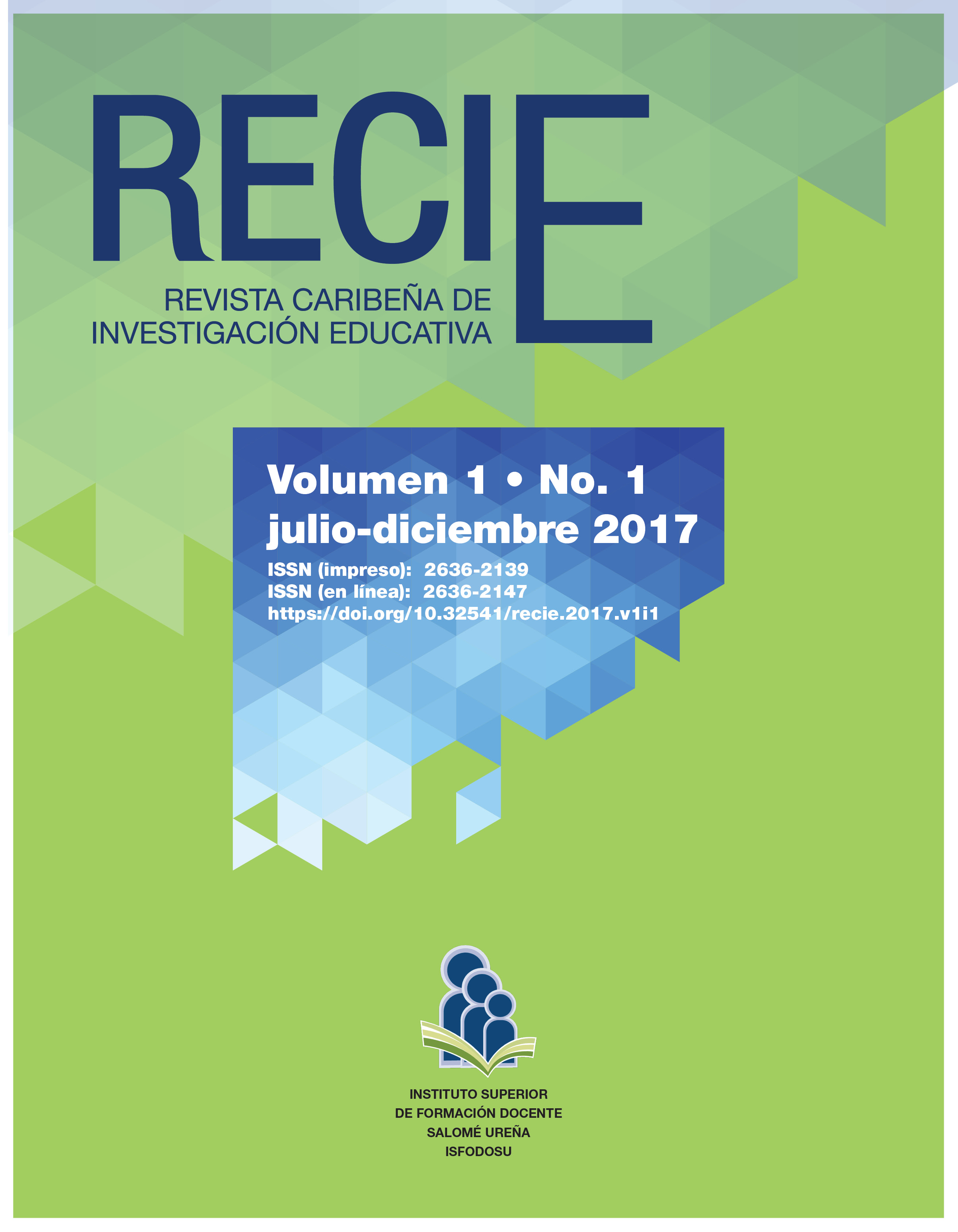Perceptions of the use of the mobile students in professional training
Authors
Detalles
Published
Abstract
Mobile devices proliferate more acute in the daily work of all subjects, his versatility to communicate, relate and inform us is a powerful tool, that has landed in educational environments, so it is necessary to study the use that young people make of them in their life cycle. The fundamental objective of this article is to know the evaluation of 220 vocational training students, belonging to two schools in the Southern District of the city of Córdoba (Spain), about the use they make of the mobile; for which a quantitative methodology will be used through an ex post facto design. The main results of this study indicate that there is statistically significant differences in the use of mobile phones by sex; the type of centers that are enrolled; the degree and vocational training cycle branch; the device they usually use to connect to the Internet; and, the hours a day in which they connect. The main inequality found shows that young people, each time, they are more likely to use the mobile phone in all daily activities and, who are not aware of improper use of it.
Keywords
How to Cite
Downloads
Metrics
References
Bianchi, A. & Phillips, J. (2005). Psychological predictors of problem mobile phone use. Cyberpsychology y Behavior, 8, 39-51. https://doi.org/10.1089/cpb.2005.8.39
Boza, A., Toscano, M. & Méndez, J. M. (2009). El impacto de los proyectos tics en la organización y los procesos de enseñanza-aprendizaje en los centros educativos. Revista de Investigación Educativa, 27(1), 263-28. Recuperado de https://bit.ly/2MtqKsT
Cabero, J. & Marín, V. (2017). La educación formal de los formadores de la era digital-los educadores del siglo xxi. Notandum, 44, 29-42. http://dx.doi.org/10.6018/analesps.28.3.156061
Carbonell, X., Chamarro, A., Beranuy, M., Griffiths, M., Oberst, U., Cladellas, R. & Talarn, A. (2012). Problematic Internet and cell phone use in Spanish teenagers and young students. Anales de Psicología, 28(3), 789-796. http://dx.doi.org/10.6018/analesps.28.3.156061
Castaño, C. & Cabero, J. (2013). Enseñar y aprender en entornos m-learning. Madrid: Síntesis.
Ditrendia. (2017). Informe Ditrendia Mobile en España y en el Mundo 2017. Recuperado de https://bit.ly/2v8pXlT
Echeburúa, E. & de Corral, P. (2010). Adicción a las nuevas tecnologías y a las redes sociales en jóvenes: un nuevo reto. Adicciones, 22(2), 91-95. Recuperado de https://bit.ly/2PdJ7kn
Estévez, A., Herrero, D., Sarabia, I. & Jáuregui, P. (2014). El papel mediador de la regulación emocional entre el juego patológico, uso abusivo de Internet y videojuegos y la sintomatología disfuncional en jóvenes y adolescentes. Adicciones, 26(4), 282-290. https://bit.ly/2PdJ7kn
Feixa, C. (2006). Generación xx. Teorías sobre la juventud en la era contemporánea. Revista Latinoamericana de Ciencias Sociales, Niñez y Juventud, 4(2), 1-18. Recuperado de https://bit. ly/2PdJ7kn
Fombona, J. & Roza, P. (2016). Uso de los dispositivos móviles en educación infantil. EDMETIC. Revista de Educación Mediática y TIC, 5(2), 158-181. https://doi.org/10.21071/edmetic. v5i2.5781
Gisbert, M., González, J. & Esteve, F. (2016). Competencia digital y competencia digital docente: una panorámica sobre el estado de la cuestión. RIITE. Revista Interuniversitaria de Investigación en Tecnología Educativa, 74-83. https://doi.org/10.6018/riite2016/257631
Instituto Nacional de Estadística (INE). (2016). Encuesta sobre equipamiento y uso de tecnologías de información y comunicación en los hogares (TIC-H). Recuperado de https://bit.ly/2wgGbeb
Labrador, F. J. & Villadangos, S. M. (2010). Menores y nuevas tecnologías: conductas indicadoras de posible problema de adicción. Psicothema, 22(2), 180-188. Recuperado de https://bit. ly/2wgGbeb
López-Fernández, O., Honrubia-Serrano, M. & Freixa-Blanxart, M. (2012). Adaptación española del “Mobile Phone Problem Use Scale” para población adolescente. Adicciones, 24(2), 123130. doi:10.20882/adicciones.104
Lozano, J. M. (2004). Los móviles y los adolescentes. Análisis crítico. Observatorio Tecnológico del Ministerio de Educación Cultura y Deporte. Recuperado de https://bit.ly/2wgGbeb
Paredes, J. (2010). Innovadores en espacios reinstrumentalizados. Aproximaciones etnográficas y narrativas a los centros innovadores con TIC en educación primaria y secundaria. REICE. Revista Iberoamericana sobre Calidad, Eficacia y Cambio en Educación, 8(1), 45-62. Recuperado de http://www.rinace.net/reice/numeros/arts/vol8num1/art4.pdf
Rodríguez, D. & Valldeoriola, J. (2012). Metodología de la investigación. México: Red Tercer Milenio. Recuperado de https://bit.ly/2wgGbeb
Sabariego, M. (2012). El proceso de investigación. En R. Bisquerra (coord.). Metodología de la investigación educativa, (pp. 127-163). Madrid: La Muralla.
Sánchez, X., Beranuy, M., Castellana, M., Chamarro, A. & Oberst, U. (2008). La adicción a Internet y al móvil: ¿moda o trastorno? Adicciones, 20(2), 149-160. https://bit.ly/2wgGbeb
UNESCO. (2008). Etapas hacia las Sociedades del Conocimiento. Montevideo: UNESCO.
